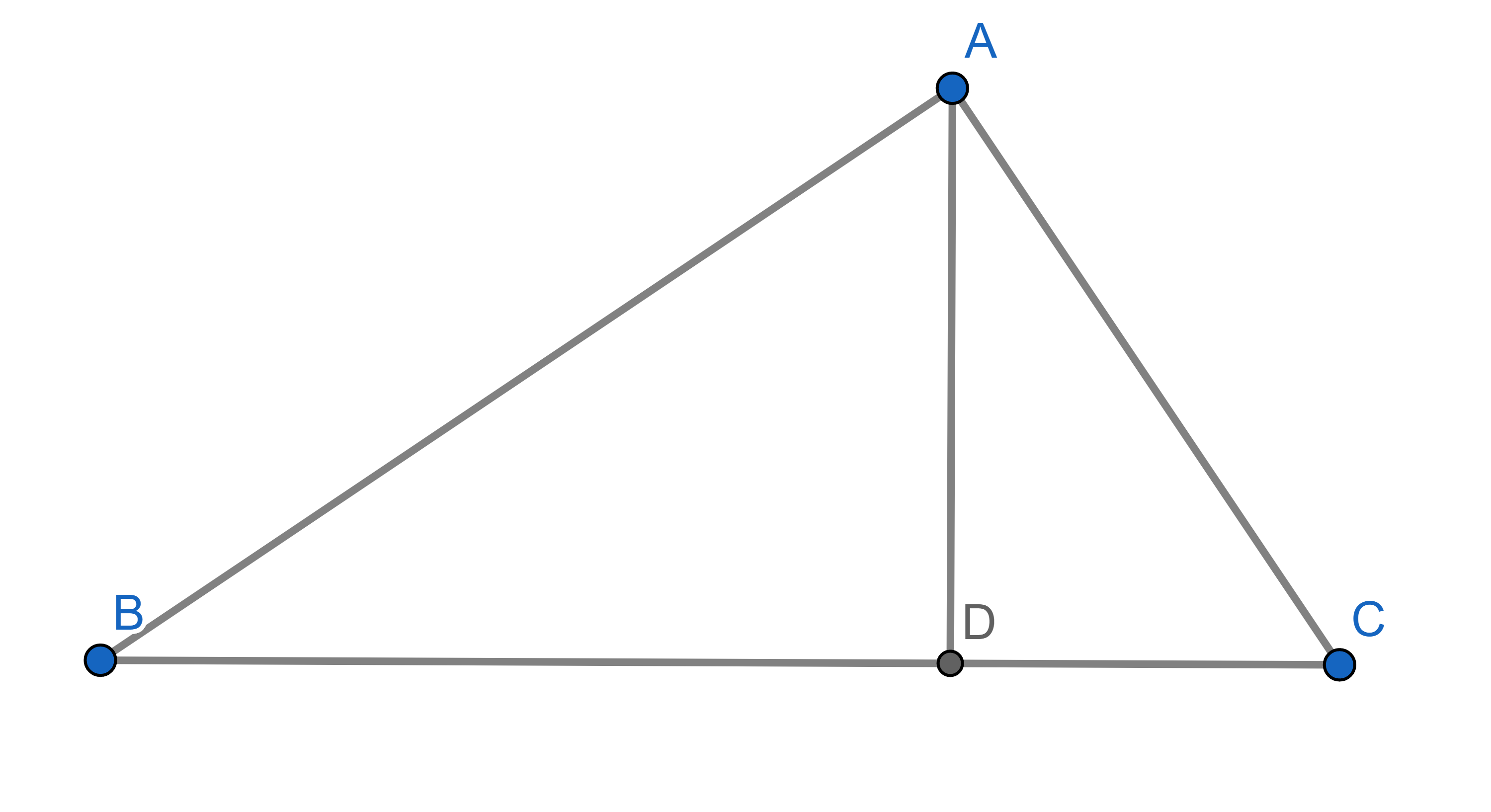Problems
Which triangle has the largest area? The dots form a regular grid.
What is the ratio between the red and blue area? All shapes are semicircles.
In a parallelogram \(ABCD\), point \(E\) belongs to the side \(CD\) and point \(F\) belongs to the side \(BC\). Show that the total red area is the same as the total blue area:
The figure below is a regular pentagram. What is larger, the black area or the blue area?
A circle was inscribed in a square, and another square was inscribed in the circle. Which area is larger, the blue or the orange one?
In a square, the midpoints of its sides were marked and some segments were drawn. There is another square formed in the centre. Find its area, if the side of the square has length \(10\).
In a parallelogram \(ABCD\), point \(E\) belongs to the side \(AB\), point \(F\) belongs to the side \(CD\) and point \(G\) belongs to the side \(AD\). What is more, the marked red segments \(AE\) and \(CF\) have equal lengths. Prove that the total grey area is equal to the total black area.
Matt built a simple wooden hut to protect himself from the rain. From the side the hut looks like a right triangle with the right angle at the top. The longer part of the roof has \(20\) ft and the shorter one has \(15\) ft. What is the height of the hut in feet?

A maths teacher draws a number of circles on a piece of paper. When she shows this piece of paper to the young mathematician, he claims he can see only five circles. The maths teacher agrees. But when she shows the same piece of paper to another young mathematician, he says that there are exactly eight circles. The teacher confirms that this answer is also correct. How is that possible and how many circles did she originally draw on that piece of paper?
In a trapezium \(ABCD\), the side \(AB\) is parallel to the side \(CD\). Show that the areas of triangles \(\triangle ABC\) and \(\triangle ABD\) are equal.